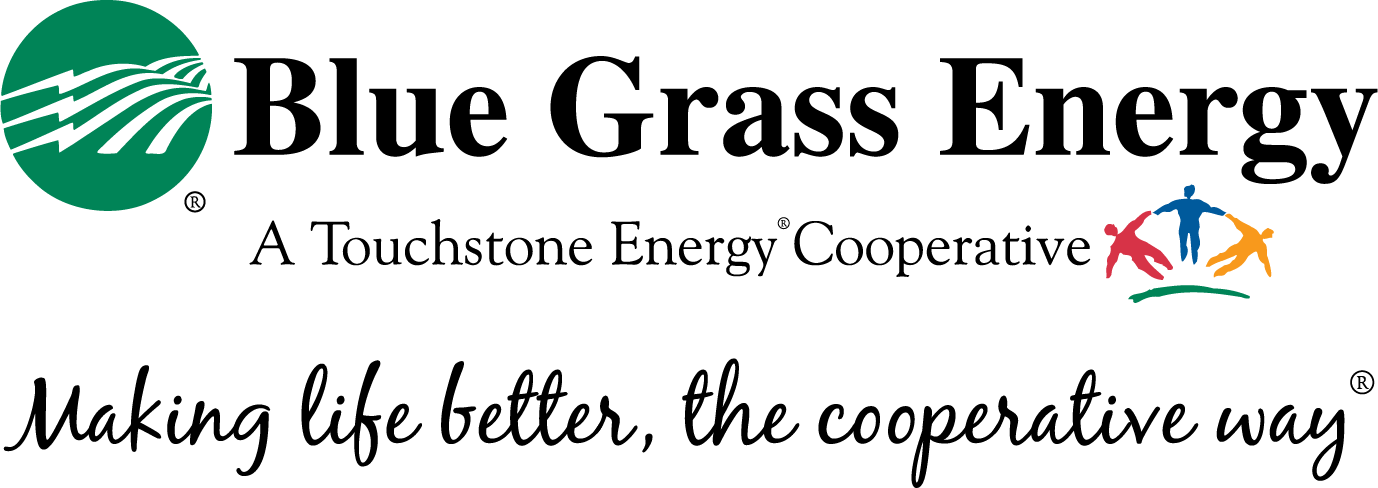What is the Fourth of July without a display of brightly-colored fireworks? As the night sky appears, however, keep in mind that fireworks can create dangerous situations if used improperly.
Recently, the Consumer Product Safety Commission (CPSC) conducted a study analyzing firework-related injuries. It found that 11,900 people were sent to the hospital with firework-related injuries throughout the year. About 67 percent of those injuries occurred in the thirty days before and after Fourth of July.
Things to remember:
- The use of sparklers and firecrackers totaled 40 percent of firework-related injuries
- Injury to hands and fingers estimated 38 percent of all firework-related injuries
- Half of all injuries during the Fourth of July are burn-related.
Always take safety precautions before lighting fireworks. Pick an area away from overhead power lines and utility poles. Fireworks, or firework sparks, can cause electric fires if they come in contact with power lines.
Additional safety guidelines to follow:
- Keep sparklers and fireworks away from small children. Sparklers can reach extreme temperatures, hot enough to burn most metals, and can easily set fire to clothing.
- Keep a bucket of water nearby in case of emergencies.
- Read all warning labels and directions carefully. Most firework injuries occur from improper use.
- Keep all spectators at least 20 feet away and upwind from where the fireworks are ignited.
- Fireworks should be ignited on a smooth, flat surface away from ignitable materials.
- Be aware of burn bans.
- Do not re-light fireworks that do not function.
- Light fireworks one at a time and move a safe distance away immediately after igniting them.
